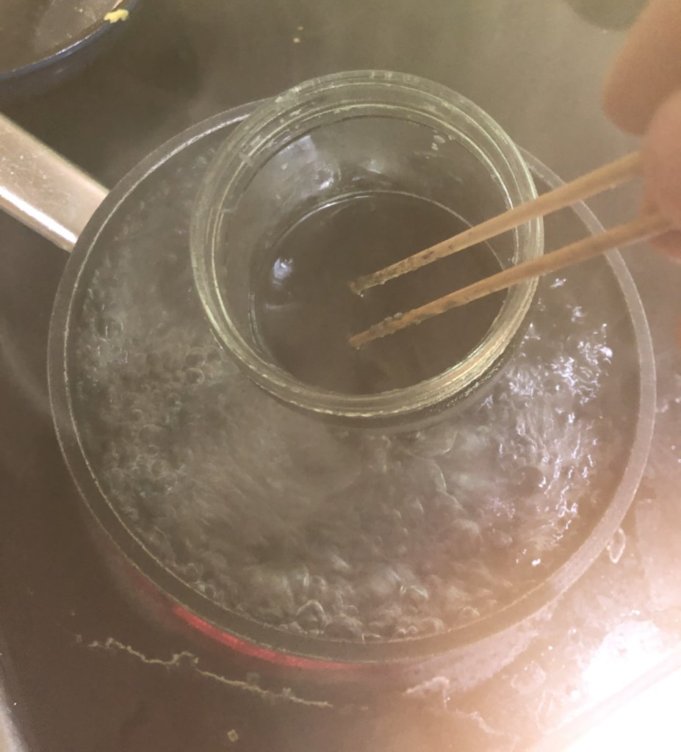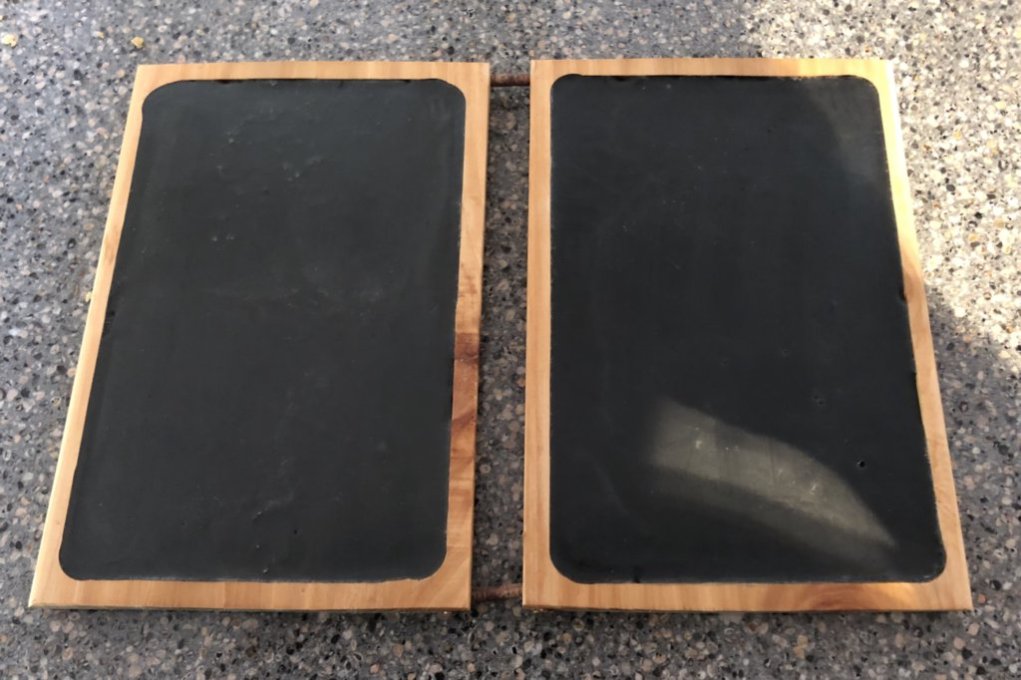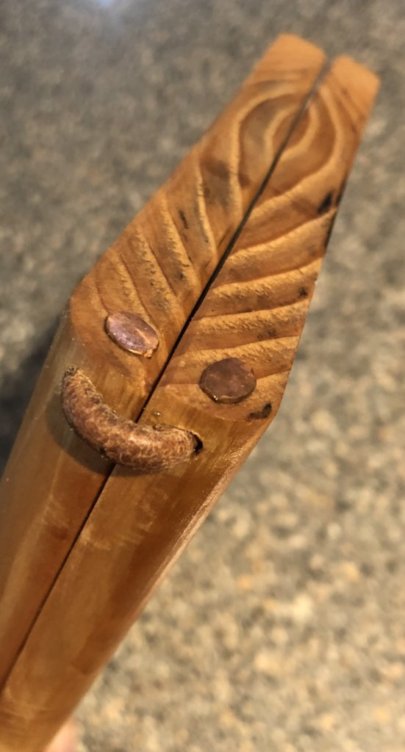Wax Tablet
This is a reproduction of the wax tablets that served as an everyday use writing surface from approximately 7th century BCE through medieval times. These were often created in the form of a diptych, two panels hinged together to create a single piece, though other examples of single and multi frame (a codex) exist. This one was made from cedar planks hollowed out and filled with beeswax. The beeswax has been darkened by adding ground charcoal during the melting process. This is common in many exemplars as it seems to make the writing more visible than it would have been on the natural surface.
Construction was not complicated, first the panels were cut to length and hollowed out with the help of a router. Then the halves were sanded and laid out on a flat surface next to the double boiler used to melt the wax. After the wax was melted, finely ground charcoal was slowly mixed in to darken the fill material. The wax was slowly poured in until it filled the panels and then buffed gently to flatten any rough spots after hard. There does not appear to be any one standard way to join the panels so a few pieces of leather thong were added here to make a simple hinge. Finally a light coating of linseed oil was applied to help protect the wood.
 |
 |
 |
References:
- Encyclopedia Britannica - Paleography “… Tablets made of wooden blocks were hollowed out and filled with melted, often black wax. Notes were made in the hardened surface. Even documents of permanent significance, such as property conveyances, were made on wax tablets.”
- Making and Using Waxed Tablets Greg Priest-Dorman and Carolyn Priest-Dorman (known as Dofinn-Hallr Morrison and Thora Sharptooth in the SCA)